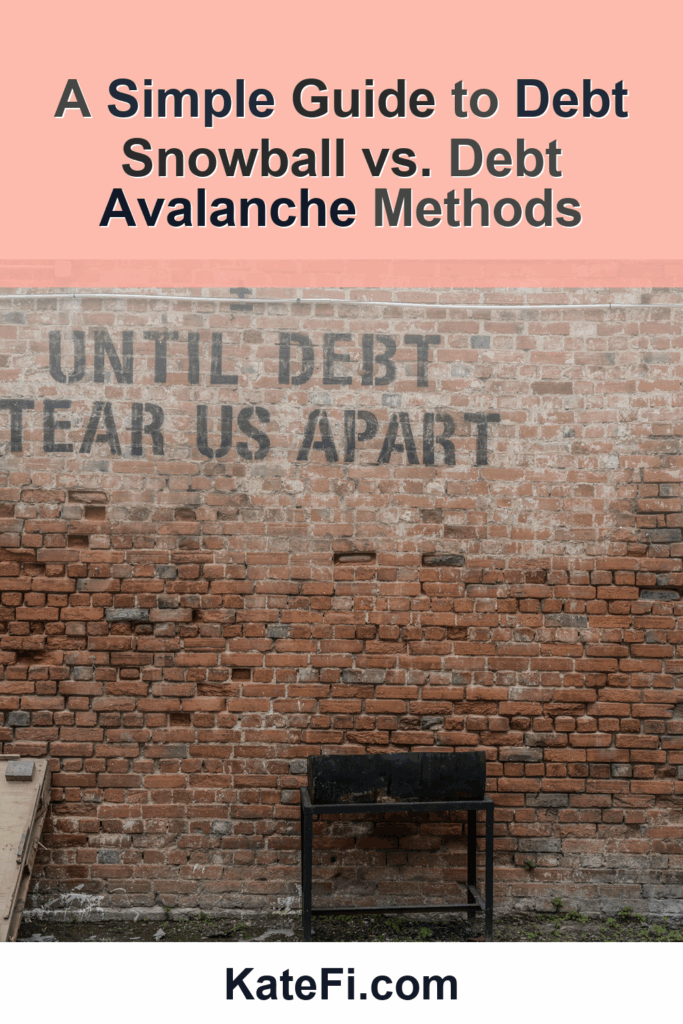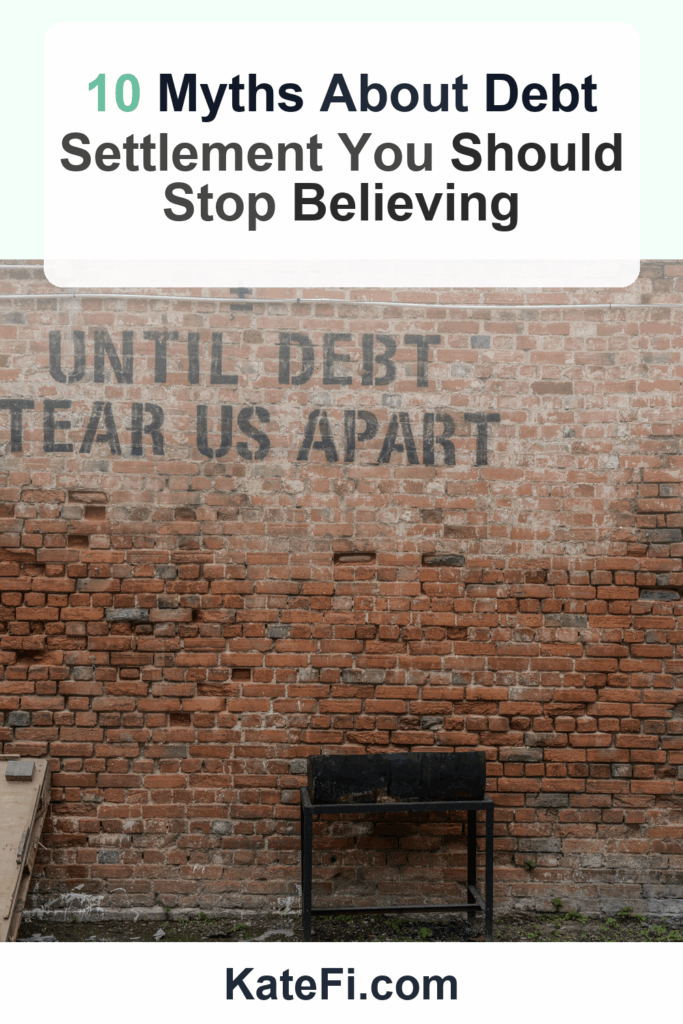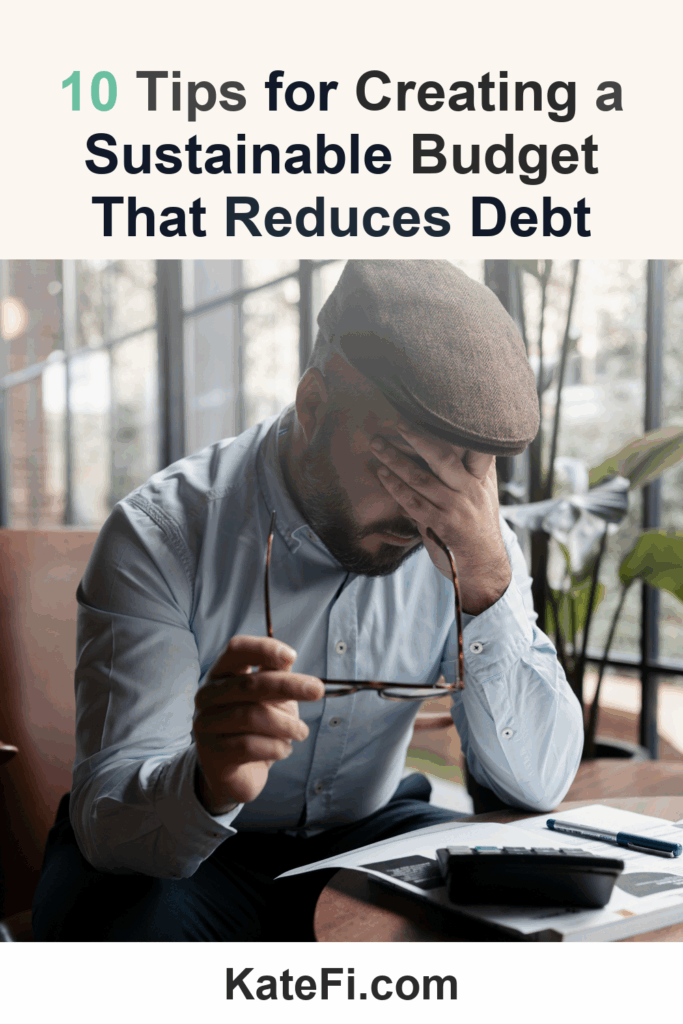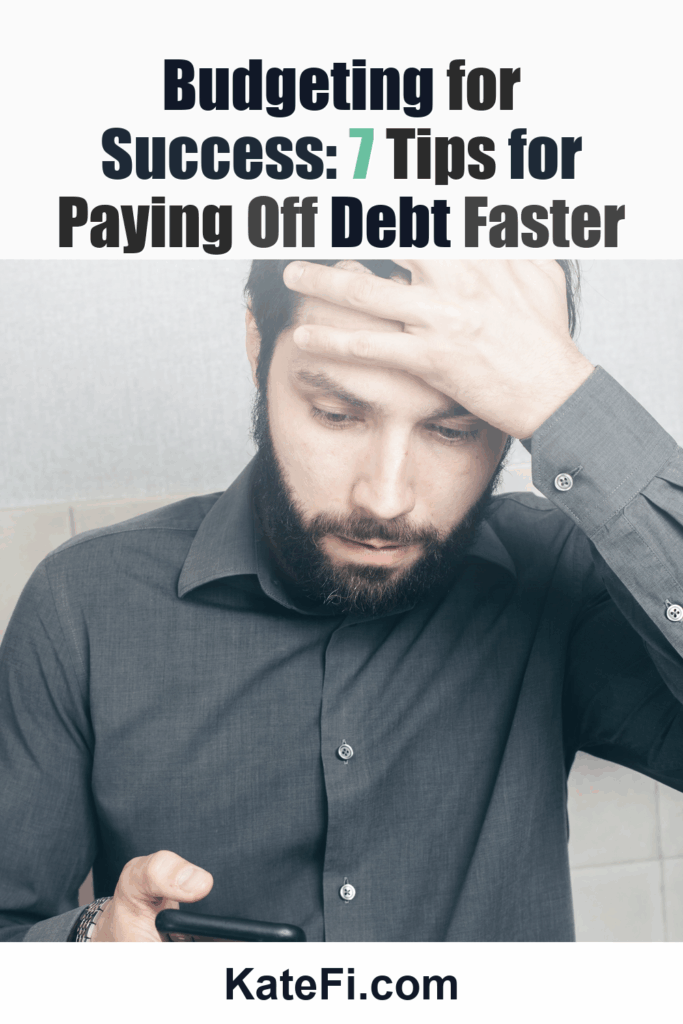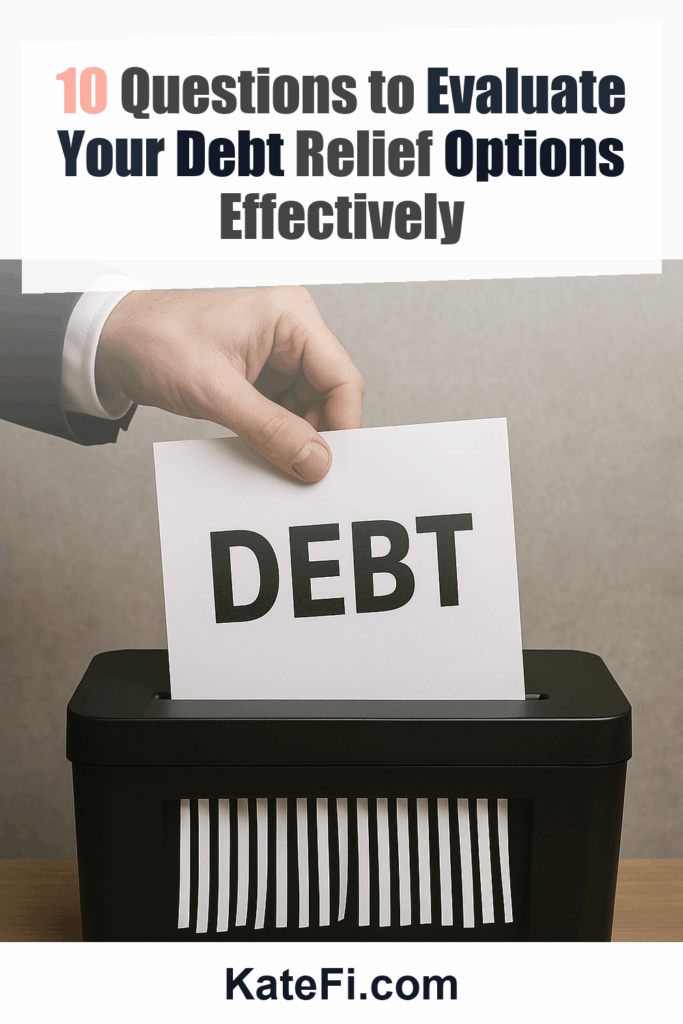Lower Your Unsecured Debt
If you have $5,000+ in credit card or personal loan debt, a free consult can review options like settlement or hardship plans.
Love our content? Show your support by following us — pretty please!🥺
FOLLOW ON PINTEREST
Hi! I’m Kate, the face behind KateFi.com—a blog all about making life easier and more affordable.
- One-on-one call to review your debts and goals
- See potential monthly payment reductions
- No obligation to enroll
Not available in IL, KS, OR, TN, UT, WV.
How to Create a Debt Reduction Budget: A Step-by-Step Guide
Are you tired of drowning in debt? Are you ready to regain control of your financial life? Creating a debt reduction budget is a crucial first step toward financial freedom. In this guide, we’ll answer your most pressing questions, provide practical steps to create an effective budget, and ensure you stay clear of common debt-relief scams.
Understanding Your Debt Reduction Budget
Before diving into how to create a budget, let’s clarify what a debt reduction budget is. It’s a plan that outlines your income and expenses, allocating a specific amount toward paying down your debt. This budgeting strategy can help you prioritize your debts and manage your finances better.
Common FAQs About Debt Reduction Budgets
Q1: What is the first step in creating a debt reduction budget?
A1: The first step is to list all your debts, including credit cards, loans, and any other financial obligations. Document each debt’s amount, interest rate, and minimum payment. This transparency allows you to see the full scope of your situation.
Q2: How do I determine my monthly income for the budget?
A2: Calculate your total monthly income by adding up all sources of income, including salaries, bonuses, and any side hustles. Make sure to consider net income, which is what you take home after taxes and deductions.
Q3: What if my expenses exceed my income?
A3: If your expenses are higher than your income, you need to look for areas to cut back. Review non-essential expenses like subscriptions or dining out. Reducing these can free up cash for debt repayment.
Q4: How do I prioritize which debts to pay off first?
A4: A common strategy is the avalanche method, where you pay off debts with the highest interest rates first. Alternatively, you could use the snowball method, focusing on the smallest debts first for quick wins. Choose the method that motivates you most.
Q5: How do I avoid scams while seeking debt relief?
A5: Always be wary of companies that guarantee debt reduction, charge upfront fees, or pressure you into quick decisions. Instead, seek reputable services that offer free consultations, like KateFi, which can review your options without obligation.
Practical Steps for Your Debt Reduction Budget
- Gather Your Financial Documents: Collect your income statements, bank statements, and documents related to your debts. Having everything organized helps streamline the budget-making process.
- Calculate Your Monthly Expenses: Write down all your monthly expenses, categorizing them into fixed (rent, utilities) and variable (groceries, entertainment). This will give you a clear view of where your money goes.
- Set Debt Reduction Goals: Determine how much you can realistically allocate towards debt each month. This could be a fixed amount or a percentage of your income.
- Track Your Progress: Regularly monitor your expenses and debt repayment progress. Adjust your budget as necessary to ensure you stay on track.
- Consider Seeking Professional Help: If you feel overwhelmed, consider getting a free consultation with a debt relief specialist. They can guide you on the best options available for your situation.
✅ See If You Qualify for Debt Relief
Comparison Table: Debt Payment Strategies
| Strategy | Pros | Cons |
|---|---|---|
| Avalanche Method | Saves money on interest long-term | Requires discipline and patience |
| Snowball Method | Quick wins boost motivation | Potentially costs more in interest |
| Debt Consolidation | Simplifies payments | May lead to longer repayment terms |
| Credit Counseling | Expert guidance | May affect credit score temporarily |
Additional Common Questions
Q6: How does debt relief impact my credit score?
A6: Debt relief can initially affect your credit score, especially if you’re missing payments. However, consistently making payments on your reduced debt can ultimately improve your score over time.
Q7: What documentation will I need for a consultation?
A7: Gather documents that detail your income, debts, monthly expenses, and any recent credit reports. Having this information ready can speed up the process and lead to more tailored advice.
Q8: Can I negotiate with creditors on my own?
A8: Yes, you can negotiate directly with creditors. Start by expressing your financial hardship and request a lower interest rate or a more manageable payment plan. Be prepared to provide documentation of your financial situation.
Q9: Are there any fees associated with debt relief services?
A9: Yes, many debt relief services may charge fees if you enroll in a program. It’s important to understand these fees upfront. A good service will be transparent about costs.
Q10: How long will it take to get out of debt?
A10: The time it takes to get out of debt varies based on your situation, amount of debt, and the strategies you use. Stay committed to your budget and regularly assess your progress.
Checklist for Creating Your Budget
- [ ] List all sources of income.
- [ ] Document every debt with details.
- [ ] Calculate monthly fixed and variable expenses.
- [ ] Set a target debt repayment amount.
- [ ] Monitor spending weekly.
- [ ] Adjust the budget as necessary.
- [ ] Consider professional help if needed.
What to Do if You Encounter Debt Relief Scams
If you suspect you’ve encountered a debt relief scam, follow these steps:
- Cease Communication: Stop all interactions with the company.
- Document Everything: Keep records of all correspondence and transactions.
- Report the Scam: Report it to the Federal Trade Commission (FTC) or your state’s attorney general.
- Seek Legal Advice: If you’ve lost money, consider contacting a lawyer who specializes in consumer protection.
✅ See If You Qualify for Debt Relief
Final Thoughts
Creating a debt reduction budget can be a powerful tool to regain control of your finances. It may seem daunting, but with the right information and a solid plan, you can significantly reduce your debt and move toward financial stability. Don’t hesitate to take advantage of resources like KateFi to guide you through the process.
Remember, it’s not just about creating a budget—it’s about taking action and making informed decisions that lead to a debt-free future.
Important: This content is for education only—not legal, tax, or financial advice. Results and eligible programs vary by situation and state. Fees apply if you enroll and complete a program. Debt relief can affect credit; missed payments may lead to collections/lawsuits. Not available in IL, KS, OR, TN, UT, WV.
Understand pros/cons of settlement vs consolidation vs DMP for your exact mix of debts.
Not available in IL, KS, OR, TN, UT, WV.











